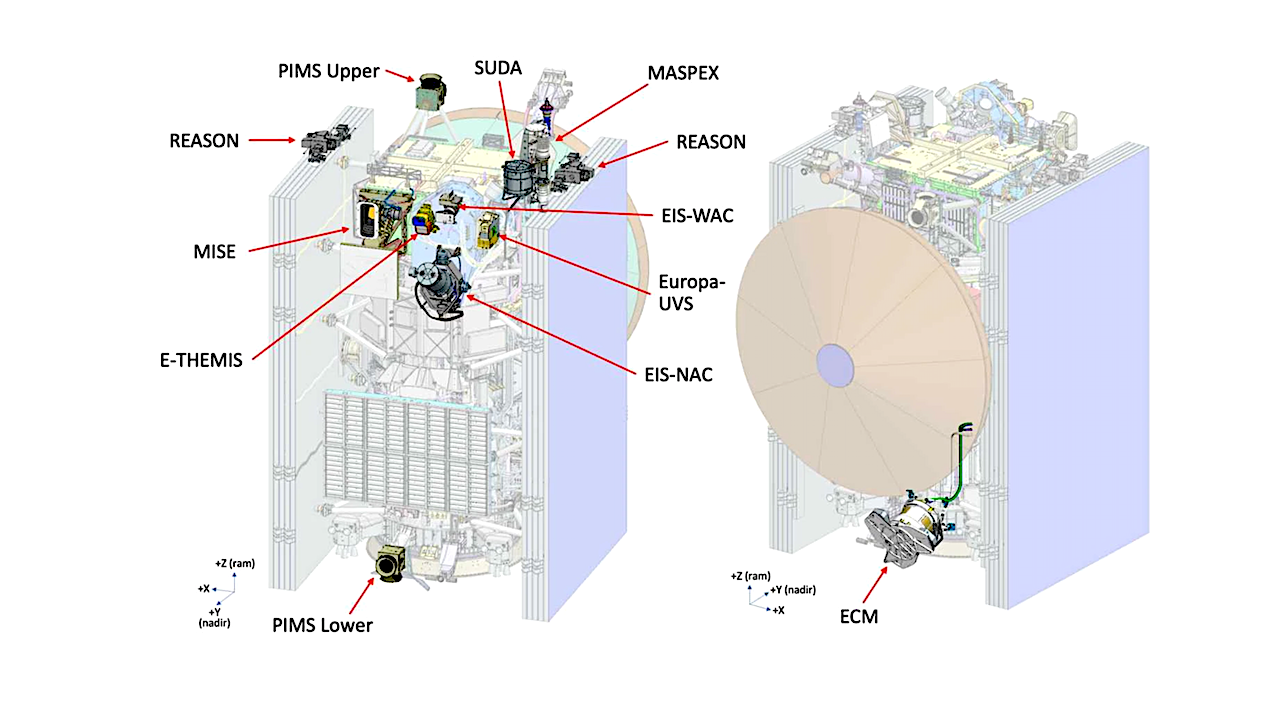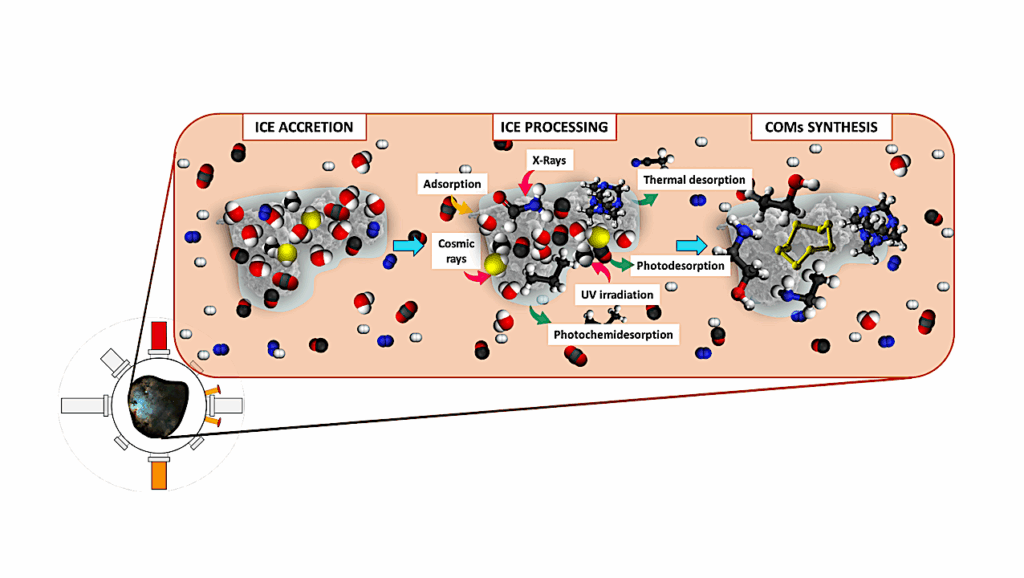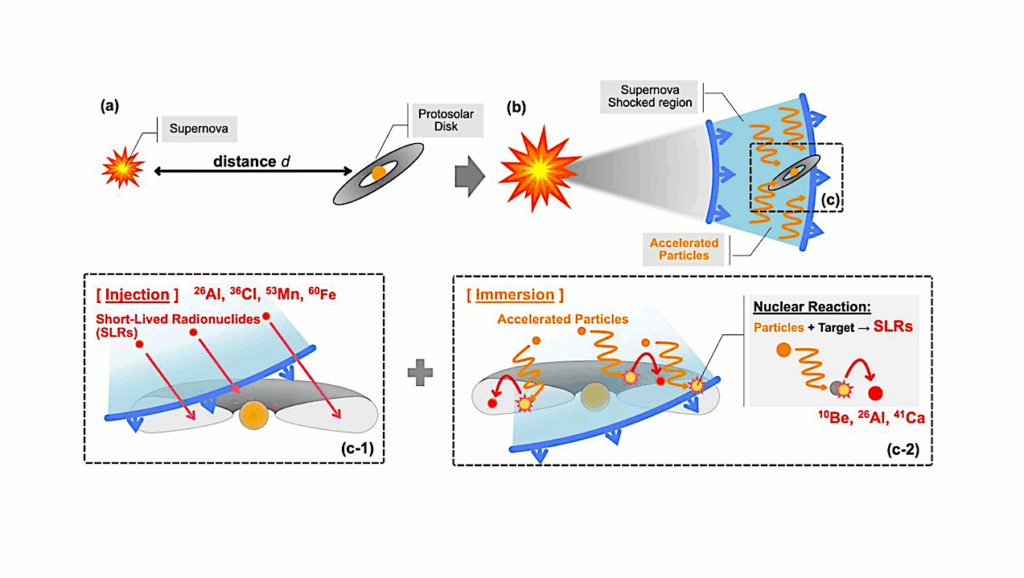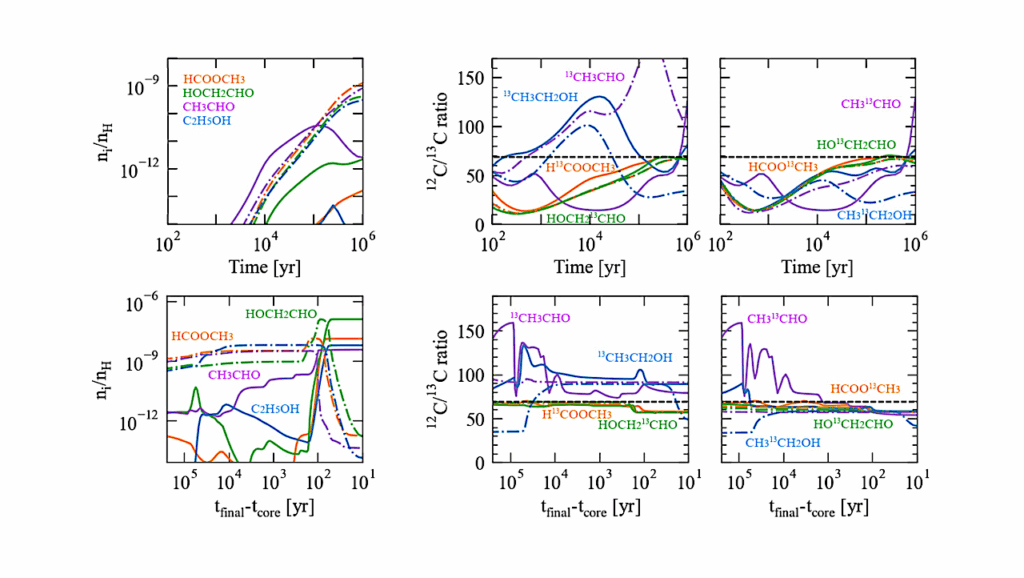Science Overview of the Europa Clipper Astrobiology Mission

The goal of NASA’s Europa Clipper mission is to assess the habitability of Jupiter’s moon Europa. After entering Jupiter orbit in 2030, the flight system will collect science data while flying past Europa 49 times at typical closest approach distances of 25–100 km.
The mission’s objectives are to investigate Europa’s interior (ice shell and ocean), composition, and geology; the mission will also search for and characterize any current activity including possible plumes. The science objectives will be accomplished with a payload consisting of remote sensing and in-situ instruments. Remote sensing investigations cover the ultraviolet, visible, near infrared, and thermal infrared wavelength ranges of the electromagnetic spectrum, as well as an ice-penetrating radar.
In-situ investigations measure the magnetic field, dust grains, neutral gas, and plasma surrounding Europa. Gravity science will be achieved using the telecommunication system, and a radiation monitoring engineering subsystem will provide complementary science data. The flight system is designed to enable all science instruments to operate and gather data simultaneously.
Mission planning and operations are guided by scientific requirements and observation strategies, while appropriate updates to the plan will be made tactically as the instruments and Europa are characterized and discoveries emerge. Following collection and validation, all science data will be archived in NASA’s Planetary Data System. Communication, data sharing, and publication policies promote visibility, collaboration, and mutual interdependence across the full Europa Clipper science team, to best achieve the interdisciplinary science necessary to understand Europa.
Science Overview of the Europa Clipper Mission, open access – free download
Astrobiology








